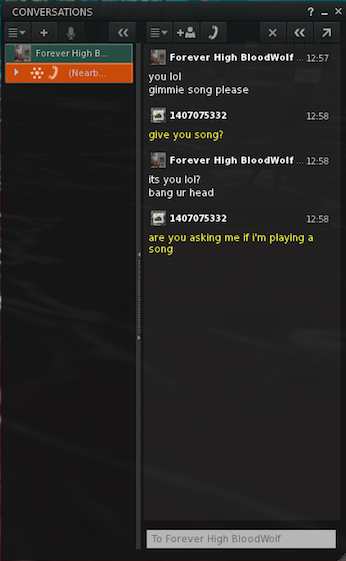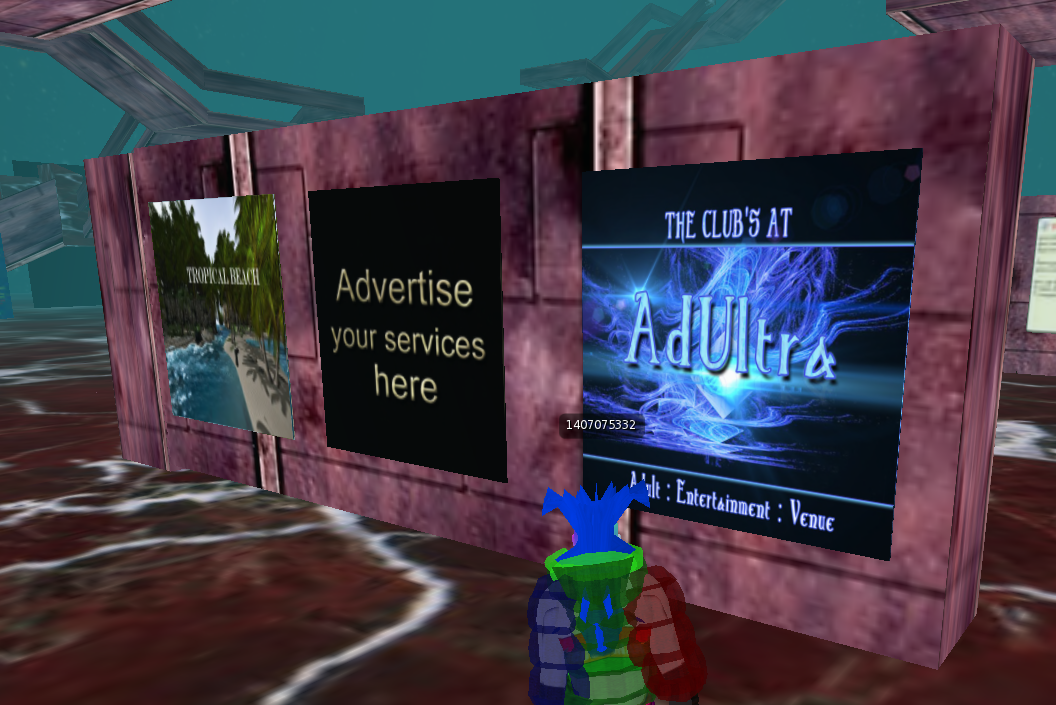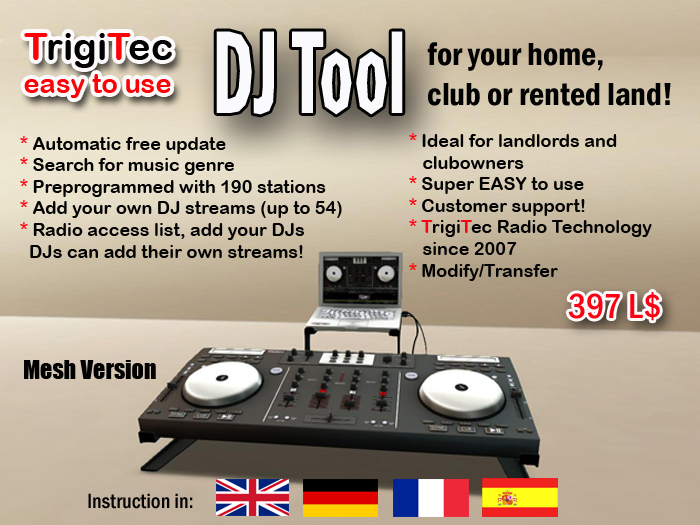
Second Life is a massively multiplayer online role-playing sandbox game. Whether or not it’s to be considered a game is questionable as many users seem to take it as seriously as they would their normal lives, even going so far as to make and spend real money for virtual goods and services. One of the defining feature of SL is that it’s a 3d-rendered environment that functions in real-time, similarly to many other contemporary MMOs.
SL provides real-time visual and sound-related interactions with the environment and between users. A user can have their avatar perform actions with objects (sit in chairs, open doors, etc), and perform actions with other users (chat via text or microphone, have their avatars perform actions together, swap items, teleport to each other, etc).

But what’s most interesting about SL is the way it connects various parts of the WWW to its environments. Owners of a specific piece of land (a “parcel”) on a server (a “sim”) can stream music in the format of a radio station into the simulation for all visitors to hear. Some sims are designated shopping centers containing walls of objects that can be clicked on to purchase and download goods and services from https://marketplace.secondlife.com.



Seemingly any kind of web media can be embedded into the environment:


How does SL use live data streams?
http://wiki.secondlife.com/wiki/Live_Data_Feeds#Statistics
http://wiki.secondlife.com/wiki/Streaming_Video_in_Second_Life